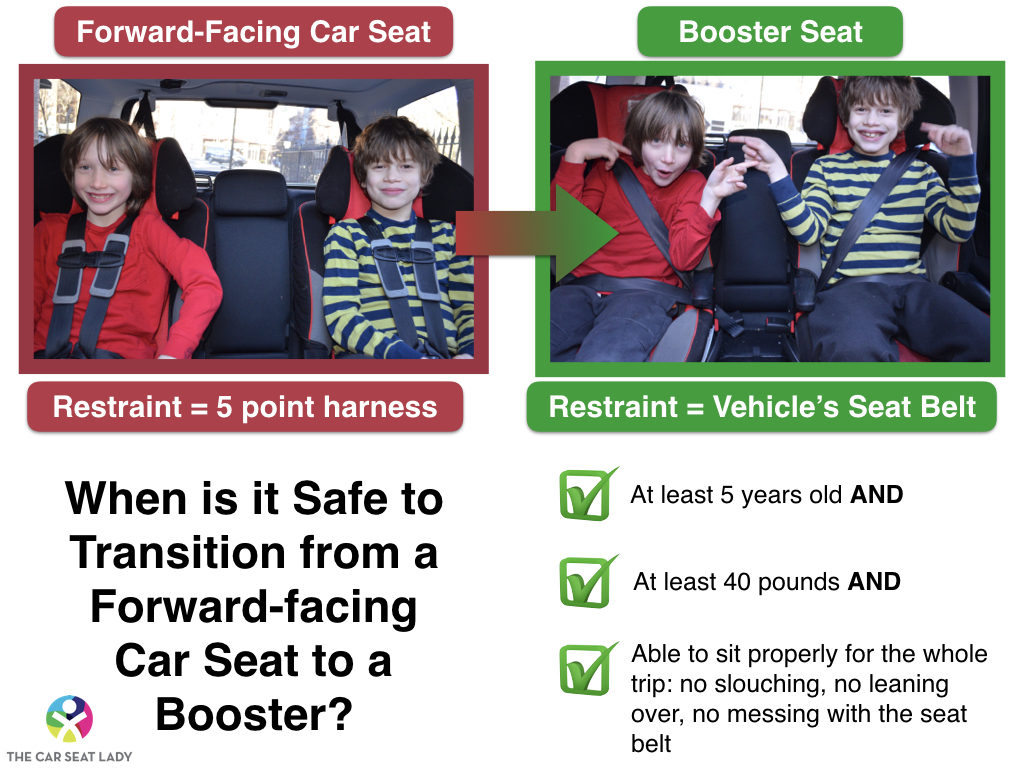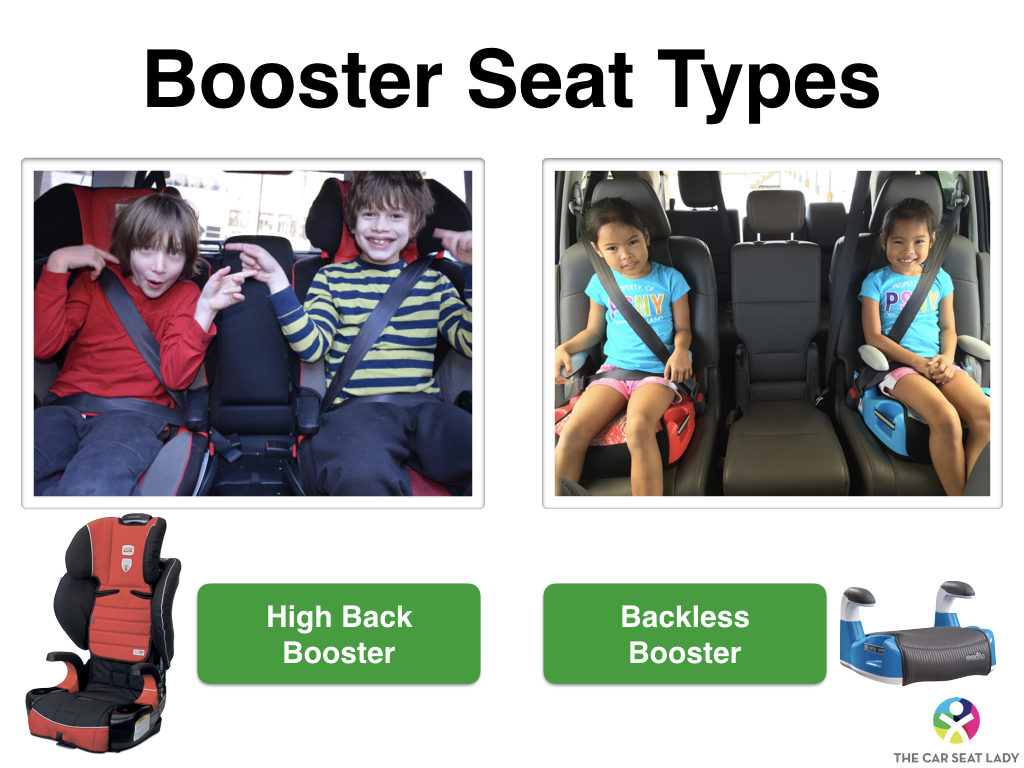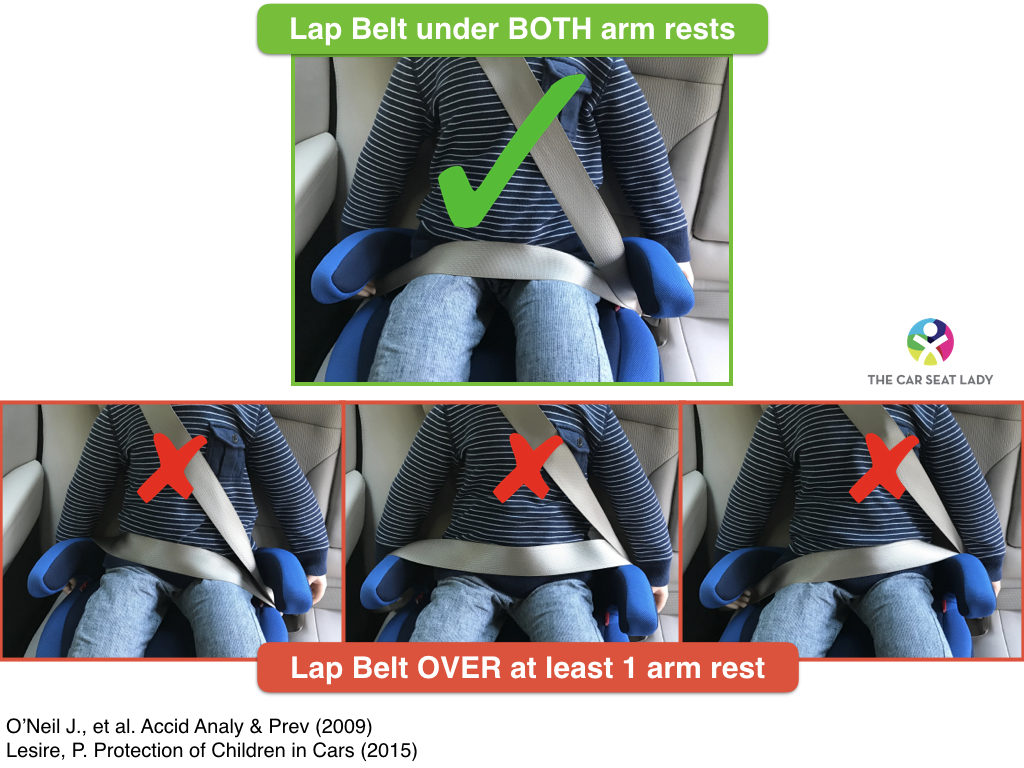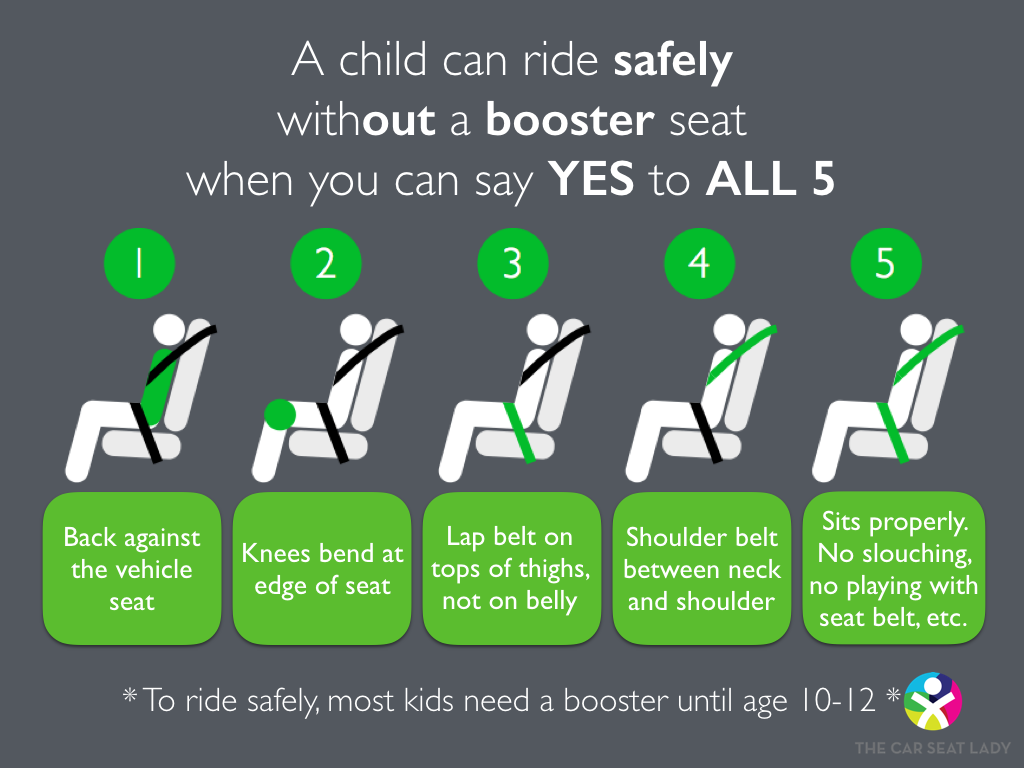Facebook Baby Not in Carseat Facebook Fight Baby in Lap
- Booster Basics
What's the difference between a car seat and a booster?
First of all, let's make sure we're on the same page – a booster is a seat where the child sits on it anduses the vehicle's seat belt as their restraint. Acar seat is a seat the child sits in anduses a 5-point harness (car seat straps) as their restraint.
Yes, there are seats that can do double duty – starting as car seats and turning into boosters. This can be a bit confusing! With these seats if your child is using the 5 point harness then they are riding in a car seat…and if your child is sitting on the child restraint and using the vehicle's seat belt across them, then they are riding in a booster.
What does the booster do? A booster positions the vehicle's safety belt properly on a child. The booster makes sure that the lap belt rests on the child's lap, over the strong hip bones – and nowhere near the soft belly. The booster also makes sure that the shoulder belt rests between the child's shoulder and neck
When is it safe to move your child into a booster?
If you can answer "Yes" to ALL the statements below, your child is safe to use a booster:
- There's a shoulder AND lap belt (boosters need shoulder belts)
- The child is at least 40 lbs
- The child is at least 5 years old
- The child can sit properly the entire trip without leaning forward, slouching, playing with the shoulder belt, sitting on their knees, etc.
Young children under age 5 or 6 are safer in a 5-point harness car seat. Don't rush to "graduate" your child to a booster seat. If your child still fits in his 5-point harness car seat, leave him there!

Why shouldn't my 3 year old 30 pound child use a booster?
The 5-point harness of a forward-facing car seat provides the best protection for pre-schoolers because it not only restricts movement, ensuring that toddlers are in the proper position should a crash occur, but also distributes the crash forces over a larger area of the body when compared to a safety belt and booster seat (two chest straps with the safety seat's 5-point harness versus one chest strap with the safety belt.). While many booster seats say that they can be used for children weighing as little as 30 pounds, it is best to wait until the child is at least 40 pounds (and has met the other minimums stated above) before using a booster seat.
Do I HAVE to transition my child to a booster once they reach 40 pounds?
No! Many 40 pound children are not mature enough to use a booster seat. If your over-40-pound child is not mature enough to sit properly in a booster – i.e. the child likes to try and lean over to fight with a sibling, pick up dropped toys, hang out the window, play with the seat belt, etc – then this child is NOT READY for a booster seat. This child needs a 5-point-harness that can accommodate a taller, heavier child. Since most kids are too tall (their shoulders reach the top shoulder strap slot) long before too heavy in their forward-facing car seat, choosing a seat with the highest shoulder strap slots will allow your child to use the 5-point harness for longer. The seats that have the highest shoulder strap slots (and both turn into boosters for later on) are the Britax Frontier/Pinnacle Click Tight ($339) and the Chicco MyFit ($199).
Why do kids need booster seats?
Kids need booster seats to help the seat belt fit properly on the strong, bony parts of their body (their hip bones, sternum, and collar bone) and to help their body fit properly on the vehicle seat. The lap belt is the hidden danger. A poorly positioned lap belt is what sends kids to the hospital.
How do boosters work to keep kids safe?
Boosters help the seat belt start and stay on the bony parts of a child's body during normal driving and in a crash.
By raising the child up (boosting them!!), boosters help the shoulder belt fit properly between the shoulder and the neck. By raising the child up and providing a shorter seat pan, a booster lets the child's knees bend at the booster's edge, making the child more comfortable and much less likely to slouch. Slouching is very dangerous because it puts the lap belt up on the belly which can cause very serious injuries to the abdominal organs and spinal cord in a crash.
Boosters have design features that help the lap belt start and stay on the lap during a crash. Many boosters use arm rests to do this. Boosters that earn a "Best Bet" from the Insurance Institute for Highway Safety are the most likely to provide good lap and shoulder belt fit for typical 4-8 year old kids in almost any vehicle.
See here for a very in-depth discussion of exactly how and why boosters work so well for children.

There are two types of boosters: High Back Boosters and Backless Boosters
We recommend using a high back booster as often as possible and for as long as possible. The seat belt typically stays better positioned on the child's body when in a high back booster, since kids don't tend to lean sideways as much both while awake and while sleeping when in a high back compared to a backless booster. Also a high back booster is more likely to keep the child's body better positioned and the seat belt on the proper parts of the body during pre-crash maneuvers like swerving and hard braking than a backless booster.
For kids who like to sleep in the car, choose a high-back booster that has a recline and a well designed head rest. These design aspects can help the child sleep better and longer while keeping their body better positioned in the seat belt during sleep. One high back booster we find that is especially good for sleeping is the Maxi Cosi RodiFix.
Great times to bring a backless booster are when it just isn't practical to bring a high back – like when you are going in a taxi/Uber/Lyft, or are sending your child home from school with a parent who you aren't sure has an extra booster in their car.
When using any backless booster and some high back boosters – specifically those where the back is somewhat flimsy – the vehicle seat needs to support up to at least the top of the child's ears to decrease the chance of the child getting whiplash. The vehicle seat refers to either the seat itself or the head restraint (if the vehicle has one there); some part of the vehicle's structure must support up to the top of the ears. If the seat back is not tall enough, then the child needs a high back booster.
Almost half of kids riding in boosters are making this serious mistake – don't let your kid be one of them!

Do you see the error here? Most boosters have "arm rests" that the lap belt must go under to ensure that it starts and stays on your child's strong hip bones in a crash, instead of moving up into the child's soft belly. Studies show that nearly half of all boosters are misused in the same way, where the lap belt is accidentally placed over one or both of the arm rests. This misplacement is exceptionally dangerous because it puts the lap belt on the child's belly, where it can cause terrible injuries in a crash.
Some boosters are cleverly designed to eliminate this type of misuse! We love the Maxi Cosi RodiFix for a variety of reasons, but one biggie is that Maxi Cosi designed this booster so that it has no arm rests! It offers a great seat belt fit and no arm rests means it's easier for kids to buckle up properly every single time they use their booster.
Read your booster's manual carefully to see where the shoulder belt goes – it usually goes under the arm rest closest to the seat belt buckle, but there are a few exceptions where it goes over the arm rest.
My kid likes to slouch – is this a problem?
Yes! Slouching is VERY dangerous in a car – whether you are a kid in a booster, or a big kid/adult in a seat belt – as slouching pulls the lap belt into the belly – which means all the forces of the crash are on the soft abdominal organs like the kidneys, liver, spleen, intestines, and worst of all the spinal cord rather than on the strong hip bones. Slouching also makes the seat belt very loose, which allows the whole body to move more than it should in a crash – but in particular the head moves a lot farther forward and is much more likely to hit the back of the front seat – which causes both brain and neck injuries.
How long do kids need to ride in a booster seat?
Kids need a booster seat until the seat belt fits properly on their body without the help of a booster (the lap belt is on their lap and the shoulder belt is between the neck and shoulder) AND their body fits properly on the vehicle seat (they can sit back with their knees bent without having to slouch). Studies show that half of all 10 year olds need a booster seat to ride safely – and by 12, almost every child is ready to ride safely without a booster.
Facebook Baby Not in Carseat Facebook Fight Baby in Lap
Source: https://thecarseatlady.com/when-is-a-child-ready-to-use-a-booster-seat/
0 Response to "Facebook Baby Not in Carseat Facebook Fight Baby in Lap"
Postar um comentário